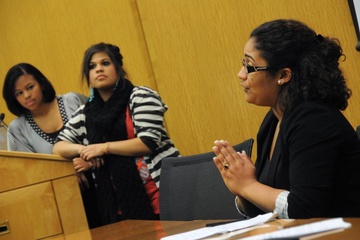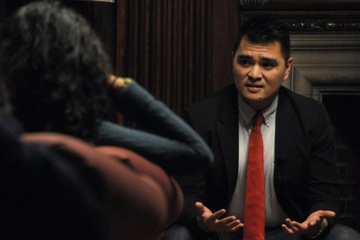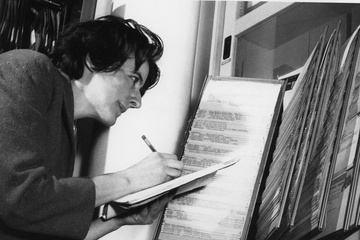Hips certainly didn’t lie as participants broke it down to Latin grooves at the Queer Students Association’s (QSA) inaugural queer ballroom dance class last Friday.The pilot class, proposed and instructed by Marco F. Perez-Moreno ’11 and Adrian L. Sanborn ’11, was hosted by the QSA in Adams Lower Common Room.Shoes were kicked aside as dancers prepared for the night’s salsa instruction. Couples spun and swung their hips to the lively Latin beat, following Perez-Moneno and Sanborn’s commands—“1, 2, 3, turn! 5, 6, 7, 8,” and “watch those spaghetti arms!” Perez-Moreno, who has danced salsa for 10 years now, explained the event’s inspiration. “[The goal was] to give people the opportunity to dance within less restrictive gender roles,” he said. “Sometimes people want to get the chance to lead but don’t get to do that in most social settings.”“Usually as a male, you can only lead,” echoed John P. Santamaria ’11. “I enjoyed being able to both lead and follow.”The event, advertised to graduate students and alumni as well as undergrads, facilitated gender-bending ballroom dancing and created a social forum for Harvard-affiliated LGBT people of all ages. “The undergraduate community seems to have a lot more [LGBT social events]. Grad students are generally separate from that,” explained Xavier Rios, a graduate student in biophysics. Hardeep A. Ranu, an affiliate of the School of Public Health, was also grateful for the rare opportunity. “Its awesome to come to something like this in a queer space,” said Ranu, who attended with her partner. “And we always dance like crazy people at weddings, so we needed this.”The QSA hopes to continue hosting ballroom classes, given the success of the event.“We build queer community in a variety of ways—political events, parties, mixers,” explained QSA co-chair Marco Chan ’11. “It’s really important to have programming that is just as diverse as the queer community itself. An event like this fills a really important gap.”




